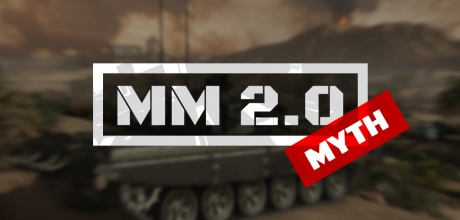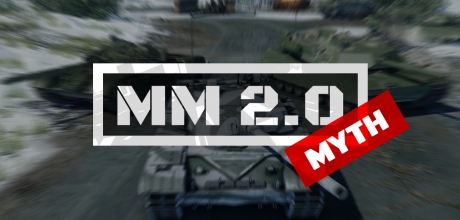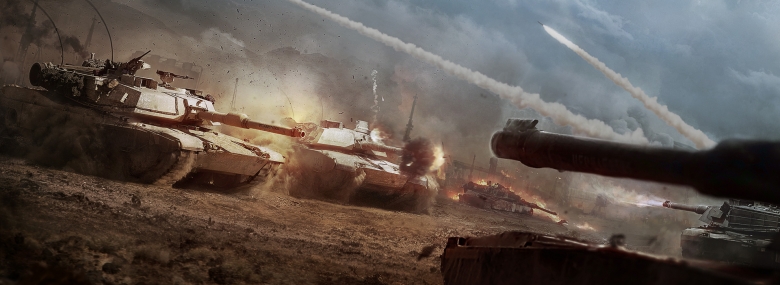
One of the most interesting and controversial topics of discussion on Armored Warfare forums is Matchmaker 2.0, its skill elements and its influence on player results. In this Developer Diary, we would like to clarify some of the points made by players and discuss certain negative impressions. We hope that this will help answer the most common questions players have about Matchmaker 2.0.
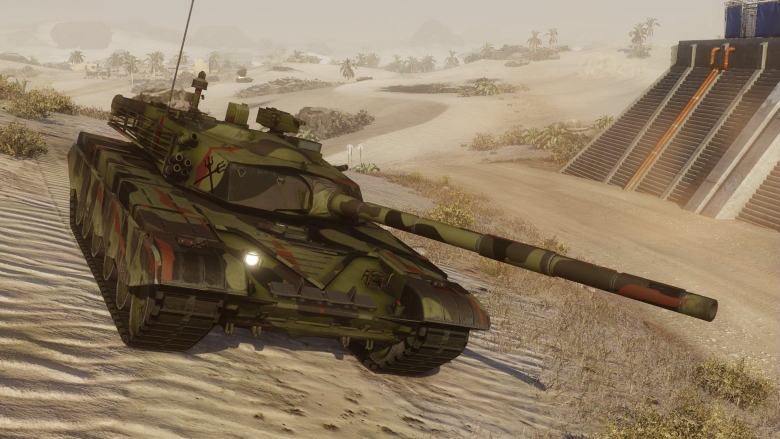
Myth #1: If a player has a high winrate, Matchmaker fills their team with poor players while the other team has average players, which is why the other team wins.
This myth is linked to elementary misunderstandings about how the Matchmaker skill element currently works.
When a good player enters the queue, the Matchmaker does not wait for poor players to appear so it can assign them to the good player's team. In the first phase, the Matchmaker puts 30 people (including the good player) together based on a number of parameters that do not, however, include skill. This process is mostly a compromise between vehicle and tier balance and waiting times.
The second phase involves distributing these 30 players into two teams. The teams are put together from the top to the bottom, with each team receiving the strongest vehicles in turns. This phase doesn't have anything to do with player parameters either, only with vehicle types and tiers.
The third phase includes checking both teams for player parameters. Average winrate is calculated for each team (every winrate over 55% is considered 55% for the purpose of this calculation and each winrate lower than 43% is considered 43%). In other words, players with a 62% winrate will have the same "value" for the Matchmaker as players with a 55% winrate. If the winrate difference between both teams is 1% or lower, the match starts normally. Platoons are not subject to any specific modifier – a 3-man platoon of 55% winrate players will count as 3 separate 55% winrate players for the purpose of this calculation. The majority of teams falls into this category and does not undergo any skill-based rebalancing.
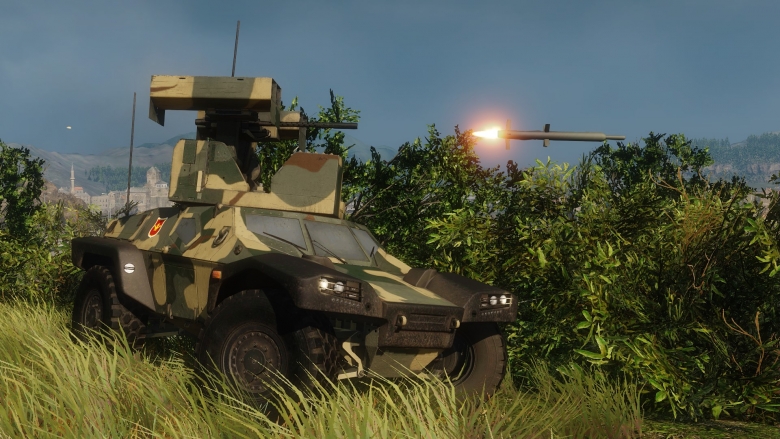
If there is a higher difference, it indicates the match would be unfair towards one side (for example when one team has two strong platoons and the other has none). In such cases, the following happens:
Within the class and tier groups, the game switches the player with the highest winrate from team A for the player with the lowest winrate from team B. This process continues until the difference between team winrates is within 1%. When one team receives 5 good players and 3 weak players, while the other team receives 5 weak players and 3 good players, the Matchmaker will switch one good and one bad player between the teams. It is possible to have a situation where one team has only good and poor players while the other team has only average players, but the developers are working on improving the Matchmaker to reduce this.
Update 0.15 and Beyond
The developers have decided to completely disable the skill component of the Matchmaking mechanism in Update 0.15 temporarily until an acceptable solution can be found.
One of the alternative designs the developers are considering is this:
Instead of using a straight global winrate, the Matchmaker will use a vehicle winrate to help balance a match. Please note that it will only use vehicle winrate once a player has reached a certain threshold number of matches in the vehicle. Below this threshold, the Matchmaker will use a linear interpolation between global winrate and vehicle winrate.

Skill balance will occur after a pool of 30 random players has been selected and 2 teams have been formed based on vehicle balance (i.e. matching tiers on both sides). Instead of using the mean-based average team winrate approach introduced in 0.12, we will now use a "local ranking" method:
- First, the 30 players are sorted by skill value (vehicle winrate, see above)
- The players are then split into 3 even ranks of 10 players per rank: "high skill", "medium skill" and "low skill". Note that 3 groups of 10 players are always made no matter what the actual differences in skill values are
- Players are then swapped between teams in order to balance the total number of each rank, regardless of individual skill value or average team value, targeting 5 of each rank on each team
- Swaps are only made between same tier and class players to maintain vehicle balance
This achieves improved team balancing without singling out individual players, stacking a match against good players, or targeting a 50% winrate. Simulation shows this does a good job of eliminating largely imbalanced teams, while not being aggressive about equal average winrate and allowing for some fuzziness in the balance of matches. This will allow players to reach higher winrates without the system working against them to achieve a 50/50 winrate across both teams. Regardless of winrate differences between the Top 10 "high skill" players, the system will attempt to randomly distribute 5 of them on both sides as long as the tiers are equal.




